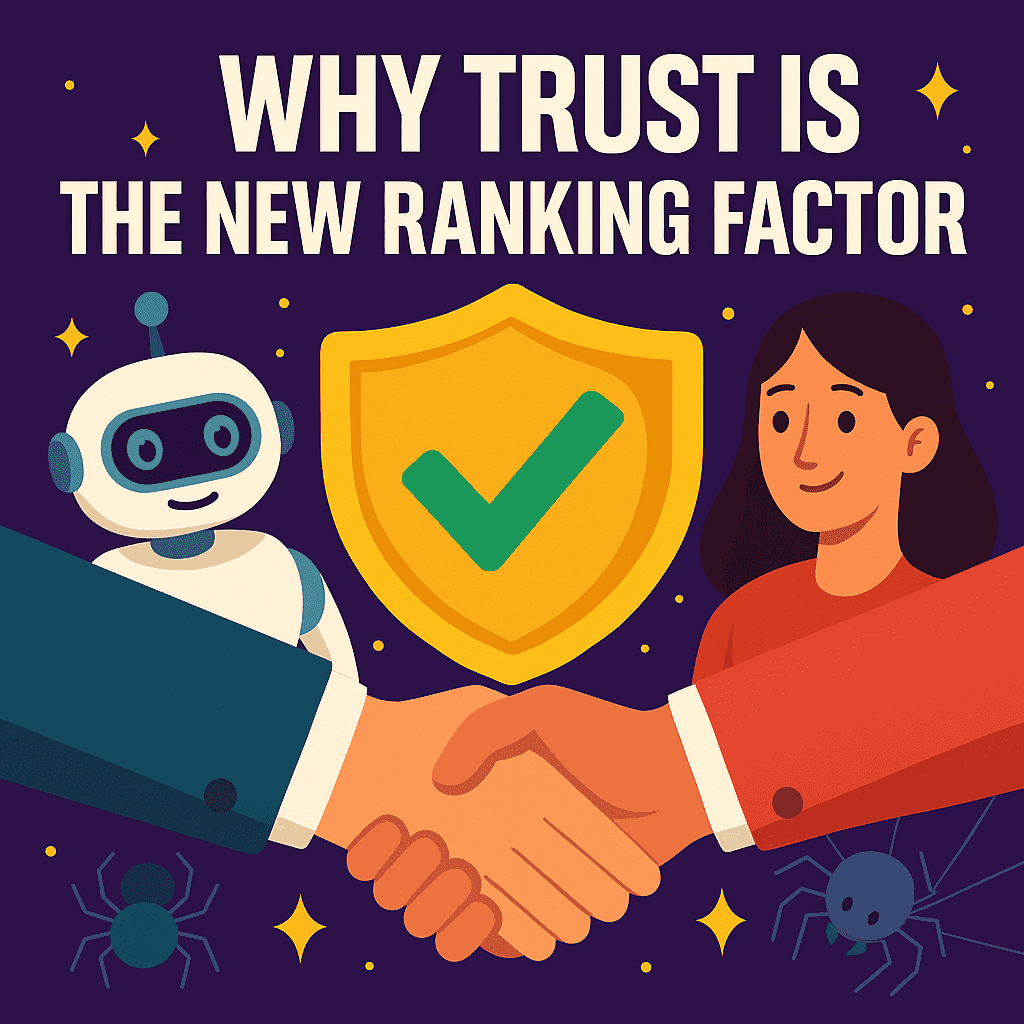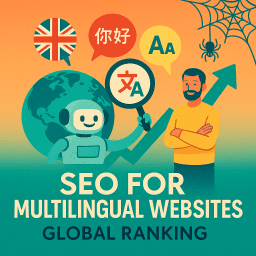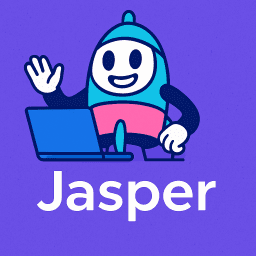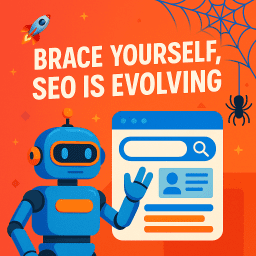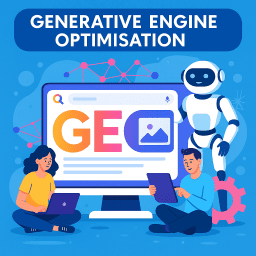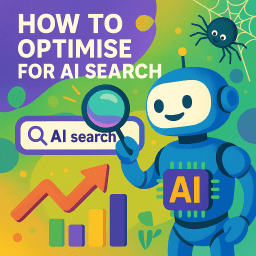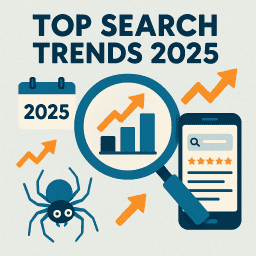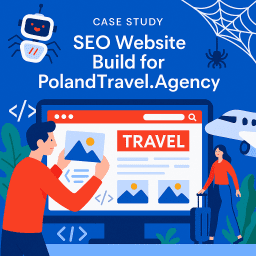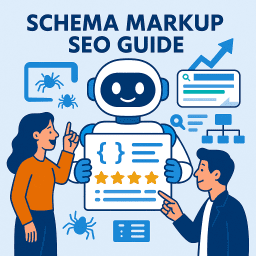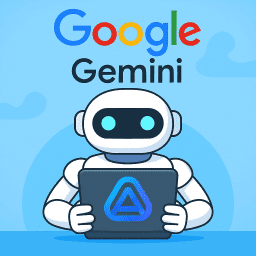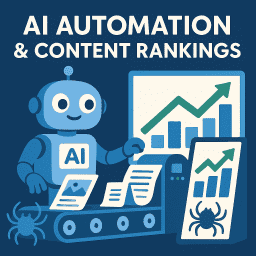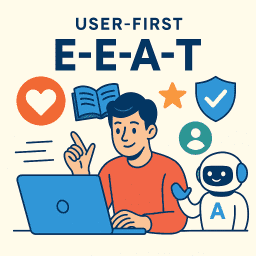Trust and Reputation Graphs in AI Search Explained
How authority, credibility, and connections decide if you’re cited – or ignored.
🔍 Why Trust Is the New Ranking Factor
Traditional SEO was all about keywords, backlinks, and technical tweaks. But in AI-driven search, one factor now outweighs them all: trust. When Google Gemini, Perplexity, or ChatGPT Search decide which sources to cite, they aren’t just looking at relevance. They’re asking: “Which site can I trust not to mislead the user?”
This is where trust psychology and the reputation graph collide. One determines how trust is perceived by AI systems, the other how authority is measured structurally. Together, they explain why some sites become go-to citations while others remain invisible.
The Psychology of Trust in AI Search
AI models are designed to mimic human reasoning. Just like people, they prefer sources that feel credible, consistent, and established. Trust in this context is a mix of signals:
- Consistency across the web – Conflicting facts or contradictions reduce credibility.
- Recognisable authority – Government, educational, and long-standing brands are prioritised.
- Clear identity – Author bios, transparency, and E-E-A-T signals matter.
- Freshness – Outdated facts lower trustworthiness in fast-moving niches.
Psychologically, AI takes fewer risks by citing familiar, validated names than by surfacing unproven ones. This is why a new blog post can be overlooked, even if technically accurate.
The Reputation Graph: Authority by Association
Beyond perception, AI also relies on structural relationships known as the reputation graph. This is a map of entities, their connections, and the trustworthiness of those connections. Think of it as the evolution of backlinks – except now, who you’re connected to matters as much as who links to you.
- Nodes: Entities (brands, people, organisations).
- Edges: Relationships between them (mentions, links, citations).
- Weighting: Stronger connections carry more authority (e.g., being listed in a government directory vs. a random blog).
AI uses this graph to assess credibility. If your business is tied to known, reputable entities, trust flows towards you. If you’re isolated, you may be ignored.
Why Some Sites Get Cited and Others Ignored
Imagine two businesses with near-identical content:
- Business A is listed in professional directories, mentioned in local news, and cited by partners.
- Business B only has a self-published website with no third-party validation.
AI search engines will almost always cite Business A. Not because its content is necessarily better, but because its trust footprint is stronger. In an environment where misinformation is risky, AI would rather under-cite than over-cite.
How to Build Trust Signals
Improving psychological trust in your site requires clear, user-facing signals:
- Author transparency: Add bios, credentials, and experience markers.
- Consistent branding: Ensure your name, logo, and contact details match everywhere.
- Fact-checking: Use citations and references to credible sources.
- Update cycles: Keep your most important pages fresh and accurate.
How to Strengthen Your Reputation Graph
Building connections that AI can recognise is just as vital:
- Get listed in authoritative directories relevant to your industry.
- Secure press mentions or interviews in reputable outlets.
- Collaborate with partners and industry associations.
- Encourage customer reviews on trusted third-party platforms.
- Link to authoritative sources, not just internally.
Each connection strengthens your position within the reputation graph and increases your likelihood of being cited.
Case Studies
Cited: A health clinic with certifications from national health bodies and consistent press coverage appears in both Gemini and Perplexity citations.
Ignored: A blog with similar health tips but no third-party validation is overlooked entirely, despite accurate content.
What the Experts Are Saying
- “AI search doesn’t just reward relevance – it rewards trust. If your site looks risky, it won’t get cited.” – Lily Ray
- “The reputation graph is the new link graph. It’s not just who links to you, but who you’re connected to that matters.” – Rand Fishkin
- “Transparency, credibility, and connections will decide who wins visibility in AI search.” – Aleyda Solís
Final Thoughts
AI search is changing the SEO playbook. Rankings are no longer just about keywords and backlinks; they’re about trust. The psychology of trust determines whether AI feels confident enough to cite you. The reputation graph determines whether your connections prove that trust.
For SMEs, this means authority is achievable without competing on brute-force backlinks. By being transparent, consistent, and building meaningful connections, you can increase your chances of being cited by AI search engines; even against bigger brands.
In the end, AI will always choose safety over risk. If you want to be chosen, you must not only create good content, but also prove – through trust signals and relationships – that you deserve to be the source.
Also read
Frequently Asked Questions
What are trust signals in SEO?
Trust signals are elements like author bios, reviews, and credible citations that increase your site’s perceived reliability.
What is a reputation graph?
A reputation graph is the web of entities and connections that AI uses to determine authority and credibility.
Why do AI search engines ignore some sites?
If a site lacks trust signals or strong connections, AI may consider it too risky to cite, even if the content is accurate.
How can small businesses build trust in AI search?
SMEs can focus on reviews, local press, directories, and partnerships to build trust and connections.
Is E-E-A-T the same as a reputation graph?
No. E-E-A-T is about content quality and expertise, while the reputation graph measures relationships and authority networks.
Do backlinks still matter for trust?
Yes, but AI also weighs the quality of connections, not just the quantity of backlinks.
Does freshness of content affect trust?
Yes. Outdated information lowers trust, especially in fast-moving niches like finance or health.
Why do some AI answers show citations and others don’t?
Some AI engines cite multiple sources, while others synthesise without attribution. It depends on their design.
How can I get my site included in AI-generated answers?
Build authority through trust signals, ensure structured data is in place, and connect with reputable entities.
Will trust signals become more important in the future?
Yes. As misinformation grows, AI will increasingly rely on strong trust signals and reputation graphs.
Video Recap – AI Search & the Reputation Graph — Building Trust Online
In AI-driven search, trust isn’t optional – it’s everything. In this video, I’ll show you how the Reputation Graph works, and how AI decides which people, brands, and websites deserve visibility.
In the age of AI search, trust is the new currency. Build it, maintain it, and your visibility will grow automatically – because credibility never goes out of style.


